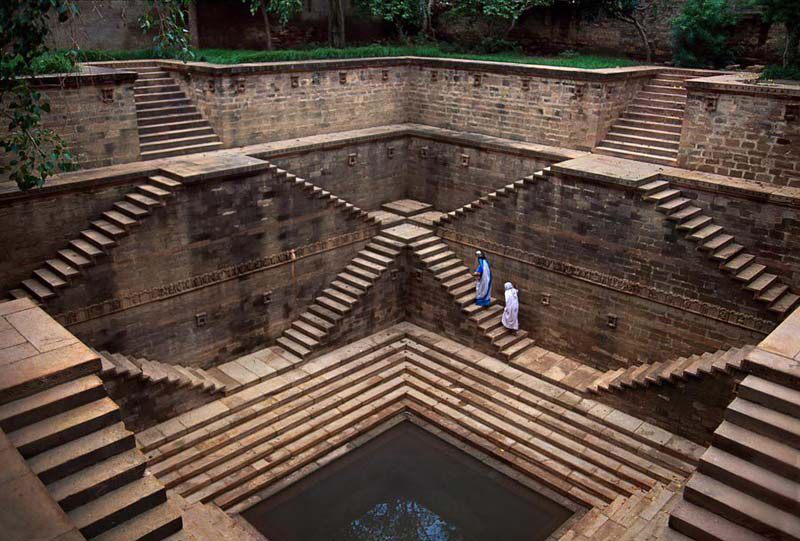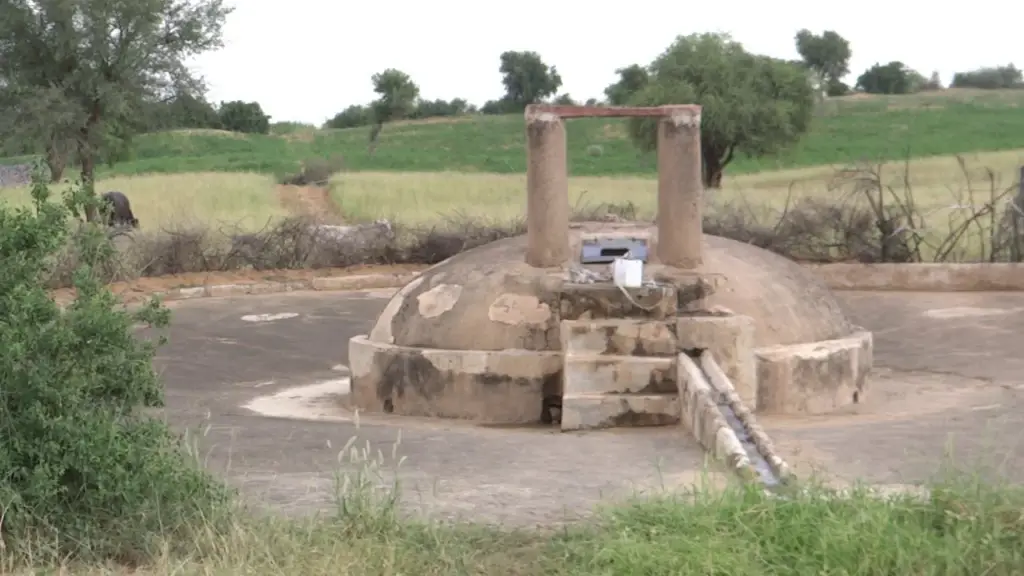
Introduction:
India, renowned for its ancient civilizations and diverse cultures, boasts a rich history of ingenious water management techniques that have sustained communities for centuries. This article explores traditional water storage methods such as stepwells and earthen pots, highlighting their historical significance and sustainability. It also draws comparisons with modern solutions like stainless steel tanks to glean insights for contemporary water management practices.
Exploring Traditional Water Storage Methods:
Stepwells (Baoris or Vavs):
Stepwells are architectural wonders found throughout India, particularly in regions with erratic rainfall. These structures ingeniously collect rainwater and runoff from surrounding areas. Characterized by a series of steps descending to the water level, step-wells ensured access to water even during dry seasons. Beyond water storage, they served as community gathering spaces and sites for religious ceremonies.
Earthen Pots (Matkas):
Earthen pots, known as matkas, are common place in Indian households, especially rural ones. Crafted from porous clay, matkas naturally cool and filter water, making them ideal for storing drinking water. Placed in shaded areas to maintain cool temperatures, matkas enhance water quality and taste. Their simplicity and effectiveness make them a sustainable choice for decentralized water storage.

Tanka (Underground Reservoirs):
Commonly used in Rajasthan and other arid regions of India, tankas are underground reservoirs that collect rainwater from rooftops during the monsoon season. They are typically built using stone or brick and plastered with a waterproofing material such as lime. Tankas can store large volumes of water and are designed to minimize evaporation and contamination, making them suitable for sustaining households during dry periods.
Kund or Kundis:
Kunds are small reservoirs or ponds often found in rural areas of India. They are constructed to capture rainwater and runoff from nearby fields. Kunds are lined with impermeable materials such as clay or concrete to prevent seepage and are used primarily for irrigation and domestic purposes. These traditional water bodies contribute to groundwater recharge and support agricultural activities throughout the year.
Khatri:
Khatri is a traditional rainwater harvesting system used in hilly regions of Uttarakhand and Himachal Pradesh. It involves constructing stone masonry embankments across natural streams to create small reservoirs. These reservoirs capture rainwater and sediment during the monsoon season, providing a sustainable water source for agriculture and drinking purposes throughout the year
Comparing with Modern Solutions: Stainless Steel Tanks
Durability and Maintenance:
Stainless steel tanks are celebrated for their durability and resistance to corrosion, ensuring long-term reliability. Unlike earthen pots, which may crack or break over time, stainless steel tanks require minimal upkeep and can endure harsh weather conditions.
Hygiene and Water Quality:
Stainless steel tanks uphold superior hygiene standards compared to porous earthen pots. They do not impart taste or odour to water and are easy to clean, ensuring safe storage of drinking water. This makes them suitable for urban and industrial environments where stringent water quality standards apply.
Scale and Capacity:
While traditional methods like stepwells and earthen pots are decentralized and suited to smaller communities or households, stainless steel tanks can be scaled to meet larger water storage needs. They are commonly used in urban infrastructure and commercial buildings to efficiently manage substantial water volumes.
Integration with Modern Technology:
Stainless steel tanks can integrate seamlessly with modern water treatment and distribution systems, enhancing efficiency in water management. Equipped with filtration and monitoring systems, they ensure water quality and optimize usage, crucial for densely populated urban areas.

Conclusion:
In conclusion, delving into traditional water storage methods in India unveils a wealth of knowledge and innovation that can inform contemporary water management strategies. While stainless steel tanks offer efficiency and scalability, traditional methods such as step-wells and earthen pots provide valuable insights into sustainability, community resilience, and cultural heritage. By synergizing the strengths of traditional wisdom and modern technology, India can address water challenges effectively while preserving its cultural and environmental legacy. Embracing this integrated approach is pivotal for ensuring water security for future generations.
By honoring and building upon traditional practices, India can forge a path towards sustainable water management that respects its past while preparing for future challenges posed by water scarcity and climate change.


